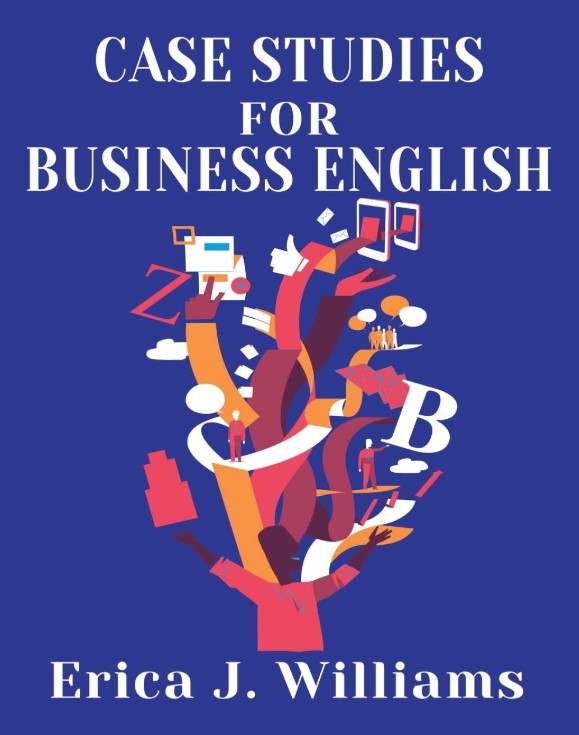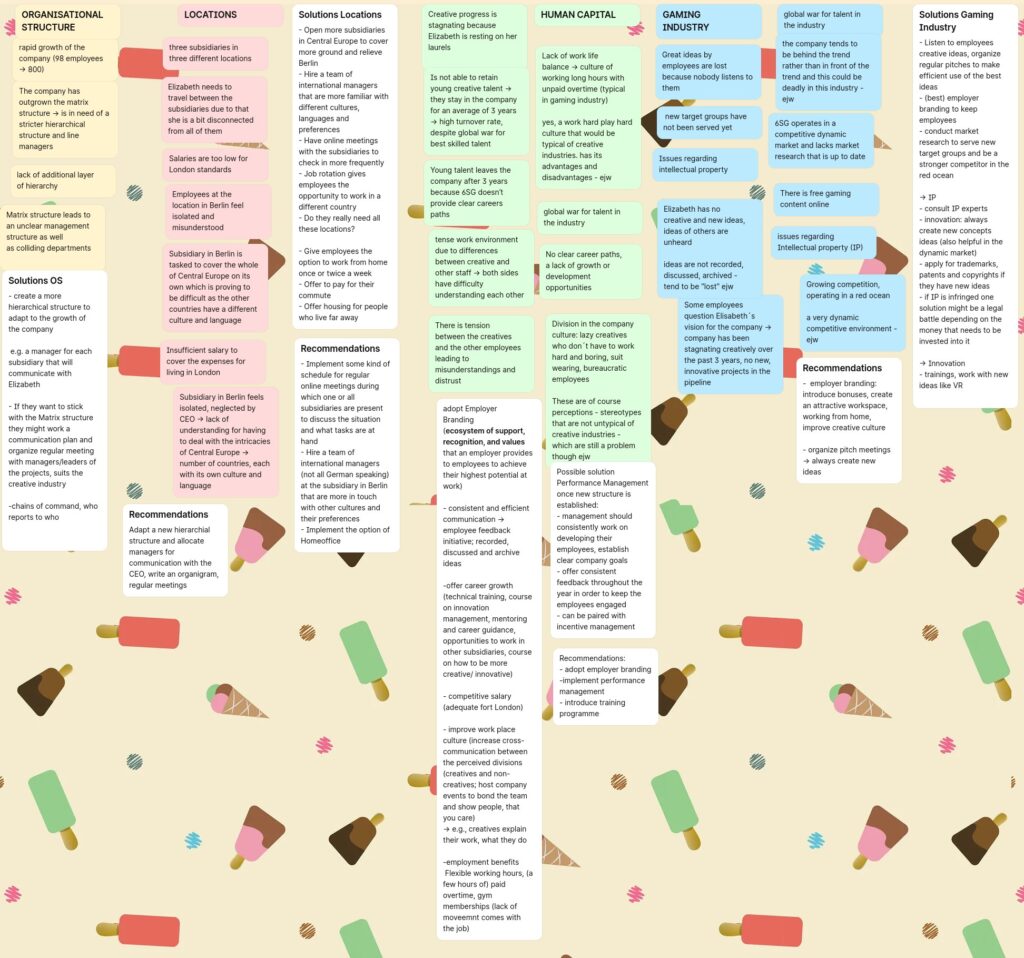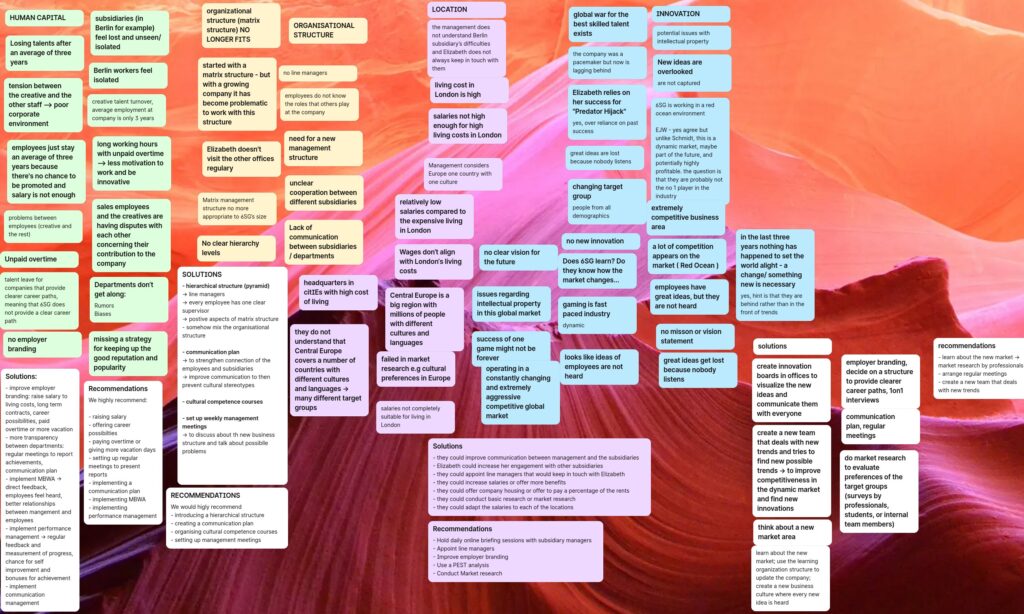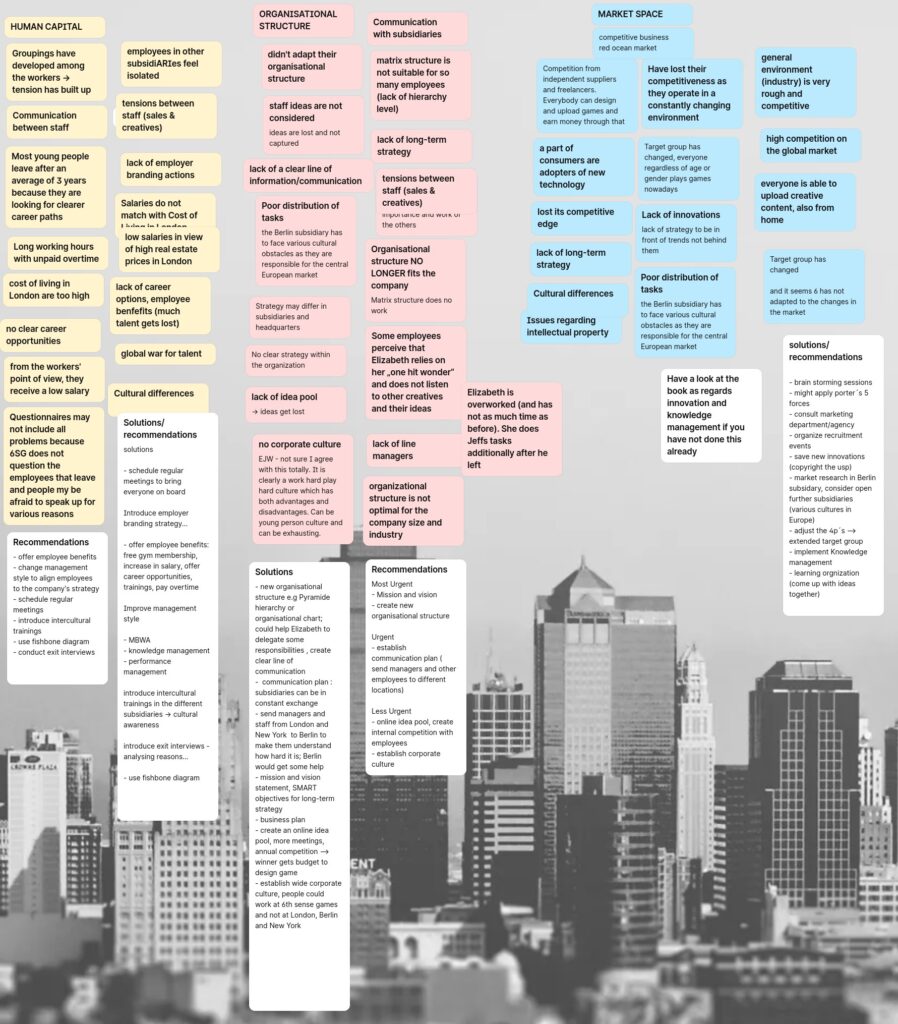This blog outlines how to teach brainstorming and explains why it is so effective in university Business English teaching.
Here I’d like to give an example of using Padlet as an online tool for brainstorming.
The students who conducted this brainstorming session had CEF B2-C1 level English and were attending their 4th semester of Business English. Students only dealt with case studies in this semester giving them the opportunity to apply what they had learnt in previous semesters and gain practical experience analysing business issues in English.

6ixth Sense Games is taken from my book Case Studies for Business English and is Unit 8 of 10 units. So, the students had had considerable experience of case studies by the time they did this particular case. The complete analysis of the case was done in a 90-minute session.

Step 1
Brainstorm the problems at 6ixth Sense.
A time limit is set. Padlet works really well as students can contribute to the platform (anonymously if they wish) and add their own ideas or comment on and add to other ideas they see. A lot of material, thoughts and ideas are generated in a comparatively short time.
Step 2
Discuss the problems and organise them into problem areas.
Again, this works really well as different problem areas can be assigned to different columns in Padlet in different colours. If a problem occurs in two areas for different reasons, the block can be duplicated and added to the two areas with different colours. Overlaps, repetitions and redundancies are eliminated in the process.
Step 3
Divide into smaller groups or break out groups.
Assign a problem area to each group who brainstorm possible solutions to the problems in the assigned area. The groups add their suggestions to the Padlet board. Then, each small group gave a short presentation of their thoughts.
Step 4
Students then suggest final recommendations for 6ixth Sense and add them to the board.
Step 5
Homework task
Write a full case study report on this case with an introduction, problem analysis, possible solutions and final recommendations. The Padlet board remains online so students can make reference to this or indeed see what conclusions are made by other groups doing the same course.
Here are 3 example final boards:



Do you have other favourite tools for brainstorming? Let us know about them by making a comment below.
